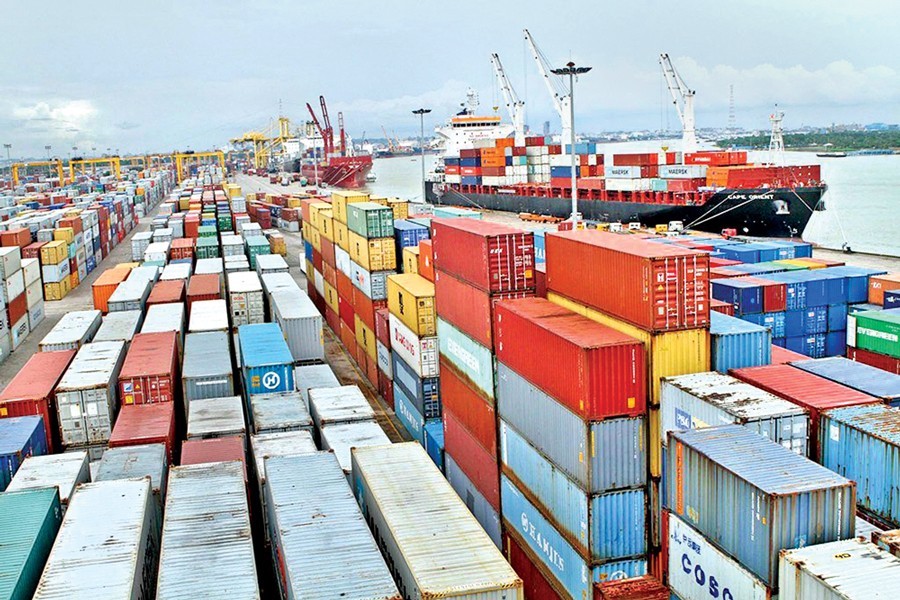
Published :
Updated :

Bangladesh is one of the fastest growing economies in the world. It's the 39th largest in the world in nominal terms, and 29th largest by purchasing power parity. It is classified among the next 11 emerging middle income economies and a frontier market.
Yet the country's export earnings are increasingly dependent on readymade garment (RMG). The share of proceeds from the RMG exports in the country's total export earning has gone further up last fiscal year. Knit and woven items contributed 83.22 per cent of the total export earnings valued at $30.40 billion in the first 10 months of the last fiscal year (FY). On the other hand, exports of non-RMG items have been declining gradually over the years. During the July-April period of the last FY, earnings from all other sectors were 16.77 per cent of the total export proceeds.
Apparel manufacturers are aggressively working to raise their production capacity and expand business. Government policy support is also helping the industry flourish further.
After installing modern machineries in the sector, especially in the sweater segment, operators in the sector are now manufacturing various kinds of lucrative RMG products. Many entrepreneurs are going for export to unexplored destinations in Latin America and Africa. The government is also giving maximum policy support to the sector to flourish more.
Other export-oriented sectors often find themselves deprived of such support. They allege that the government is focusing on RMG sector only and offering generous support for its further growth. Henceforth, non-RMG sectors are now having a stunted growth.
For example, bond licence renewal time is three years for RMG, whereas it is two years for leather. Bangladesh Garments Manufacturers and Exporters Association (BGMEA) can issue utilisation declaration, but the leather manufacturers' association is not allowed to issue utilisation permission for the leather sector. Besides, Export Development Fund (EDF), green fund and low-cost housing are also focused on RMG sector.
There are as many as 750 products on the list of exportable, but 85 to 90 per cent of the annual export receipts come from RMG and a few other items. In view of the situation, the RMG sector needs to be properly nourished, especially to enable it to retain its competitive edge in the global market.
However, promoting other export sectors simultaneously is a matter of crucial importance. Experts say that steps taken earlier by the government -- strategic or operational -- were not sufficient to diversify both products and markets.
Now, it is time for the government to provide policy support to the non-RMG products. Those who are small suppliers need networking, match making and information sharing to market their products overseas.
Added to this, aggressive government-to-government negotiations are needed to remove or reduce the tariff barriers, especially to the non-traditional markets that need non-traditional products. There is also a need to organise more trade fairs and send trade missions to various destinations according to the demand of products.
Dependency on a single sector is not a healthy sign. Any untoward incident in the apparel sector might cause a major setback to the national economy. Along with the RMG, other export sectors also deserve proper government attention to grow.


 For all latest news, follow The Financial Express Google News channel.
For all latest news, follow The Financial Express Google News channel.